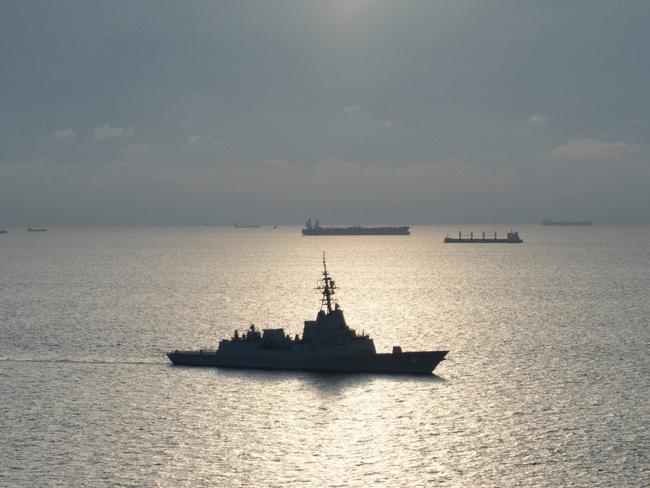
Strength at sea is vital to security
Nation’s access to the sea is an existential issue, says maritime defence chief.

Nation’s access to the sea is an existential issue, says maritime defence chief.
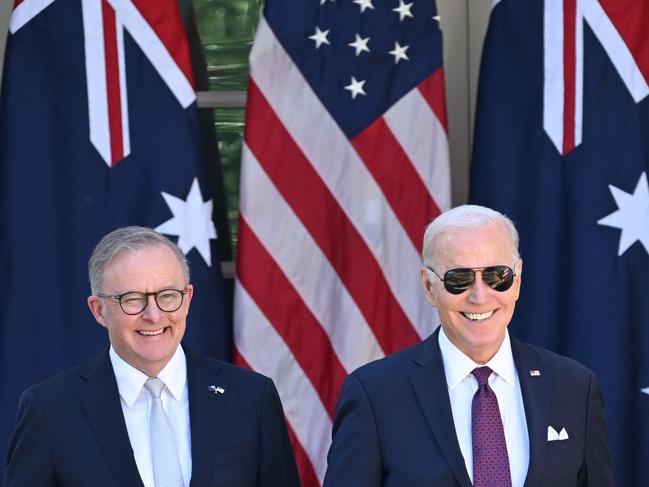
Anthony Albanese’s visit to America had mixed results, which is disturbing given military co-operation is the core of the Australia-US alliance and key to collective security in the Indo Pacific.
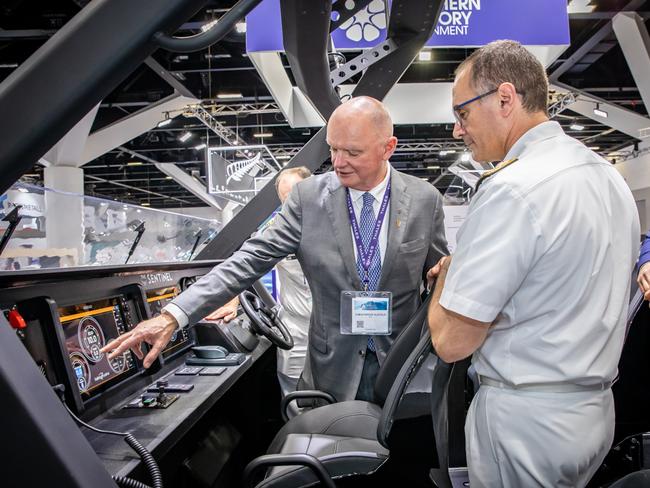
This week Sydney’s International Convention Centre will host what organisers believe is the largest maritime-related industry exposition in Australia’s history.
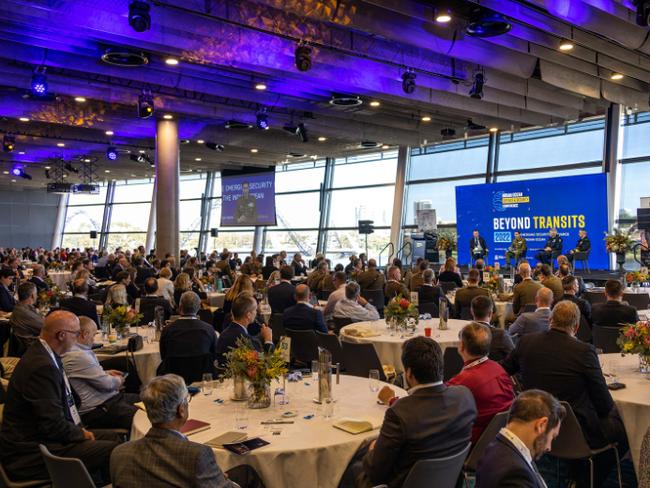
In July next year, the Indian Ocean Defence & Security 2024 (IODS 2024) conference and exhibition will unpack the real-world issues and impacts of AUKUS and the Quad.
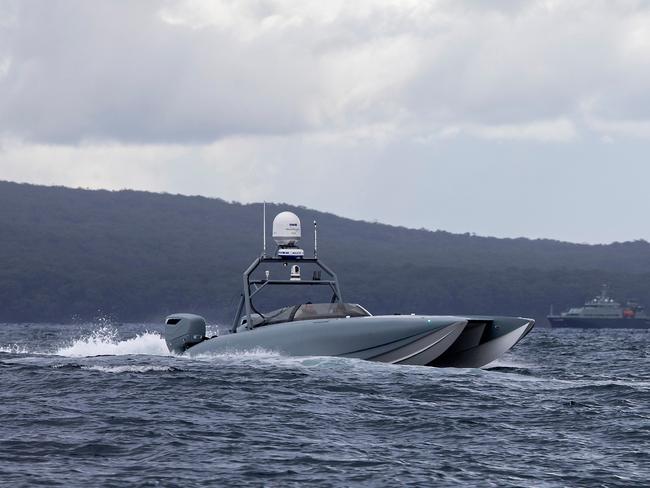
We are facing the strategic risk of both of the Navy’s core combat fleets ageing out before replacements arrive.

The Wedgetail E-7A has surprised many by performing seamlessly with half as many crew as an E-3 and a much smaller airframe.
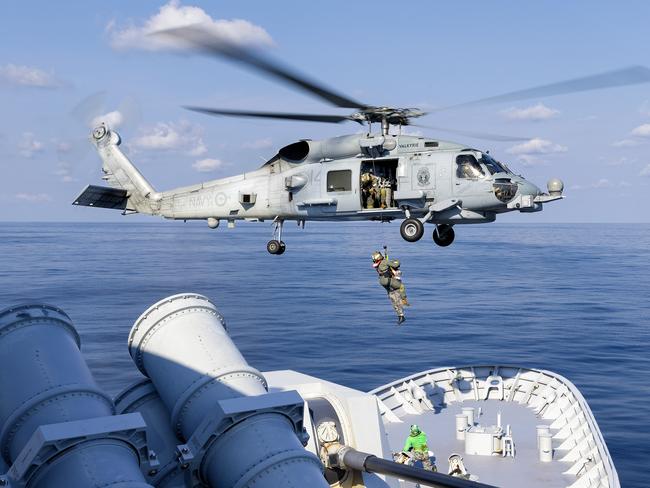
The Australian government is buying 12 more Sikorsky MH-60R Seahawk naval combat helicopters to boost the Royal Australian Navy’s capability at sea.
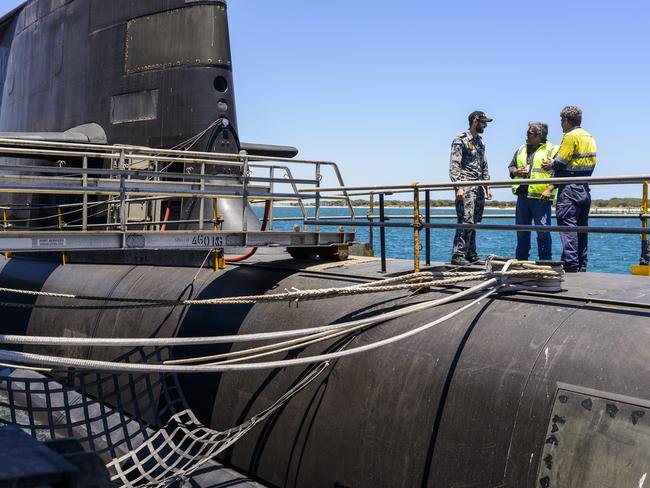
Tri-lateral industry partnerships are vital to support the delivery of the nation’s once-in-a-generation AUKUS agenda.
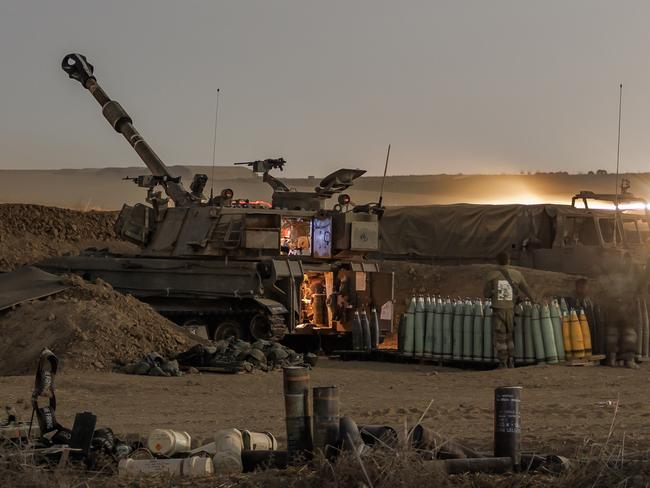
The US will find itself sucked further into the Israeli-Hamas war for uncertain gain. However, it will remain the country with the clearest capacity to shape both Israeli and Palestinian behaviour.
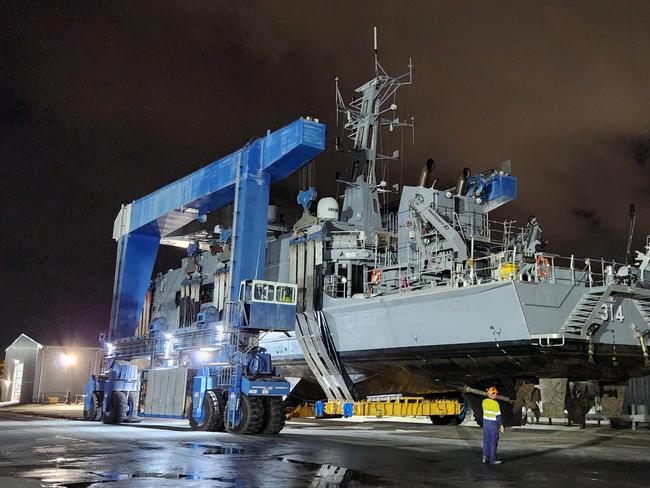
The Defence Strategic Review (DSR) highlighted risks to regional security arising from the impacts of climate change.
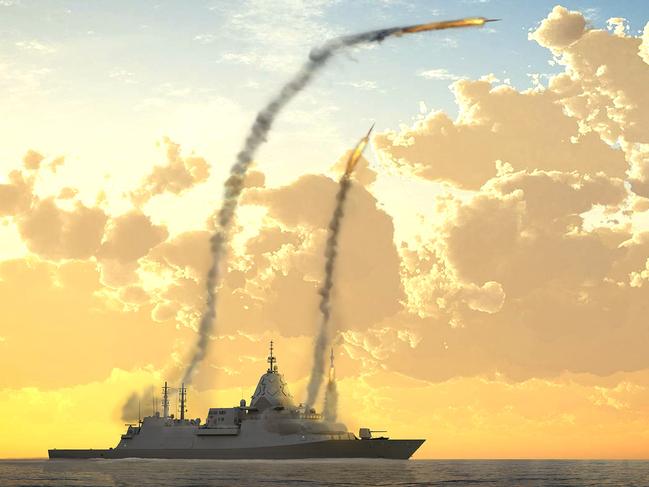
The inability to predict the character of future warfare goes to the heart of why a balanced force – that can operate across multiple domains and the full spectrum of conflict – remains vital.
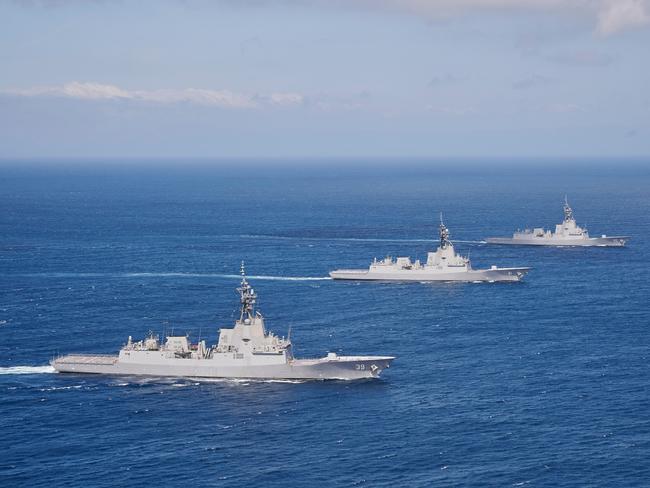
The Defence Strategic Review (DSR) asserts that the force structure of the Australian Defence Force (ADF) no longer meets our needs and requires fundamental change. It has to become more lethal. This has major implications for the Navy.

There was a lot of expectation around Prime Minister Anthony Albanese’s visit to the US last month and rightly so.
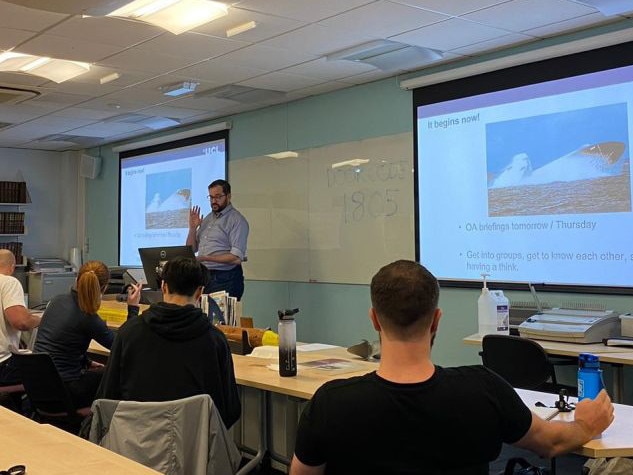
The conventional wisdom is that Australia doesn’t innovate and can’t manufacture anything high quality, complex, or affordable. The AMDA Foundation Innovation Awards, now in their 10th year, continue to disprove that conventional wisdom.

How many Hunter-class frigates will be purchased? It is almost certain that it will be less than the original nine, but anything beyond that is pure speculation.
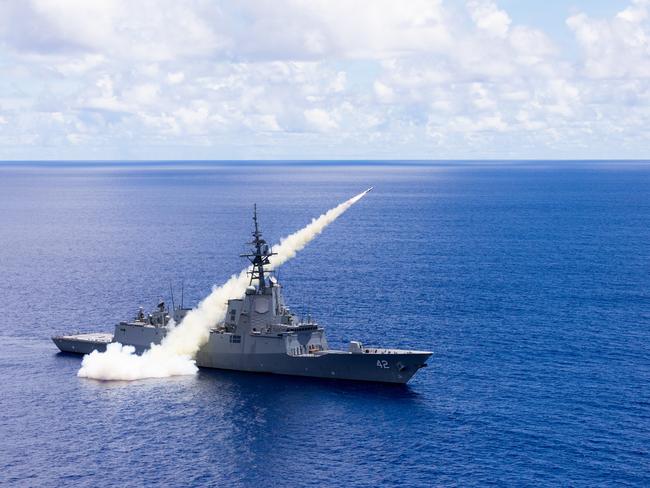
While the RAN’s three 7000-tonne Hobart-class Air Warfare Destroyers (AWDs) are still relatively young – launched between 2015 and 2018 – their combat systems are in need of a refresh.
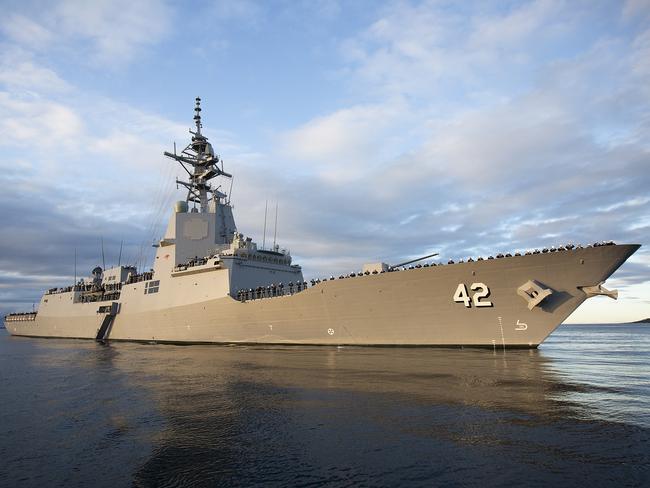
The Navy’s three Hobart-class destroyers are set to receive a key capability upgrade which, among other enhancements, will enable Australia’s first anti-ballistic missile capability.
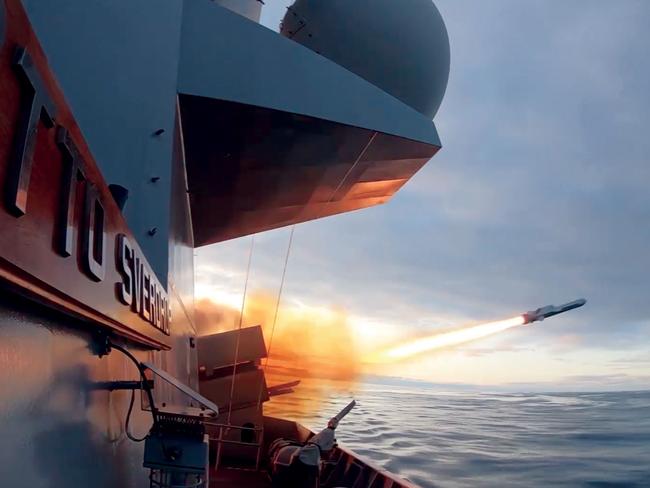
Kongsberg’s Naval Strike Missile (NSM) has been selected to replace the the Navy’s Harpoon weapons aboard its ANZAC-class frigates and Hobart-class destroyers.
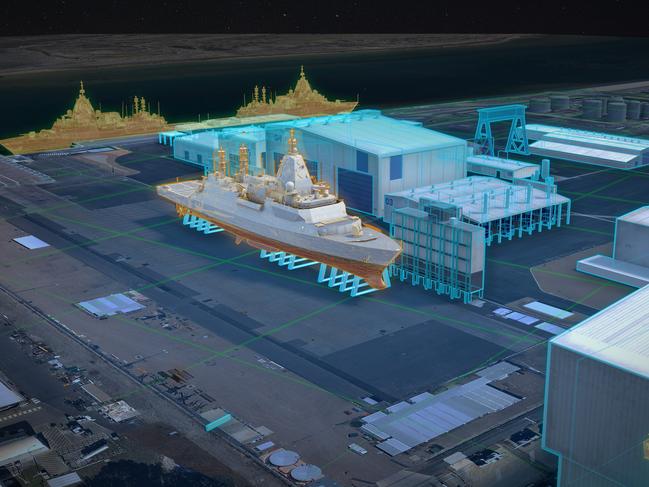
To meet the needs for a continuous naval shipbuilding enterprise, these skills – and more – have to be recreated, relearned and the workforce adequately motivated to remain in the industry.
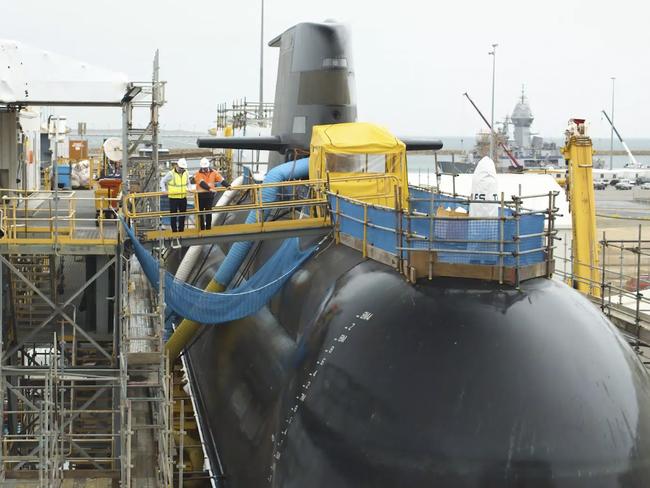
For years the RAN and ASC have been insisting that the forthcoming Life of Type Extension (LOTE) of Collins-class submarines will be routine – but now they are not so sure.
Original URL: https://www.theaustralian.com.au/special-reports/indo-pacific